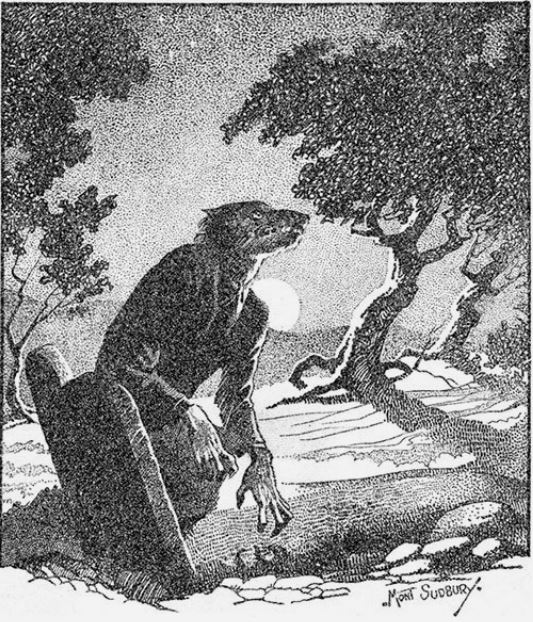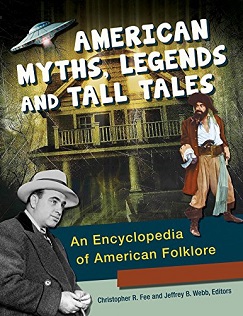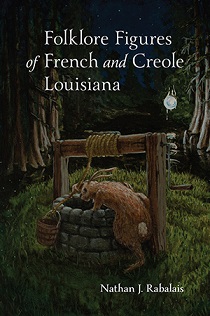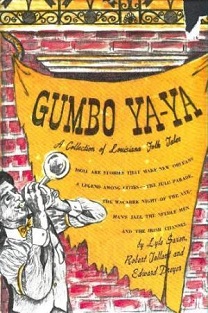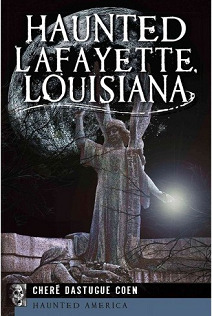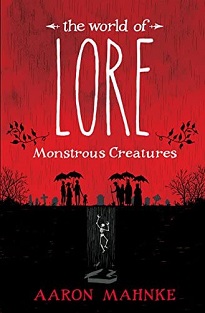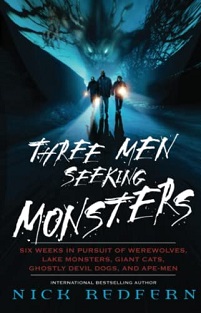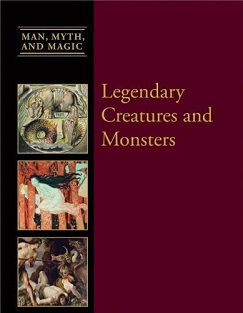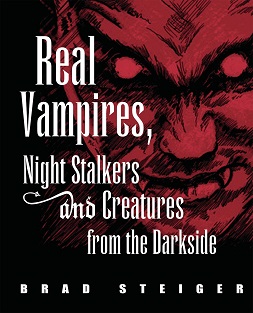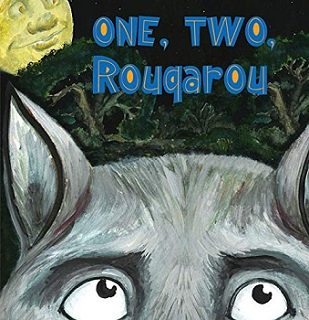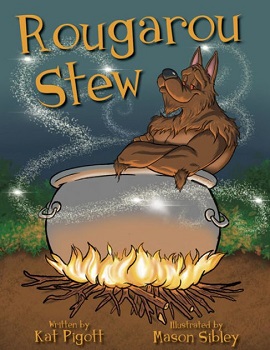LIBRARY BLOG
Rougarou: The Swamp Werewolf
Parents raising families in the swamplands of Louisiana don’t scare their children with stories or Dracula or the Boogeyman. Instead, they spin tales of the rougarou, a once-human, wolf-like, shapeshifting beast who walks on two legs. It looms over us, somewhere between seven and eight feet tall (depending on whose tale it is), and it eats little children out past their curfew. Children’s fairytale or not, adults scattered around the parish claim that they’ve seen the rougarou creeping through the brush in the dark, too. But do you know its villain origin story?
South Louisiana’s culture is heavily influenced by France, and the cultural legend of the rougarou is no different... maybe. When the Acadians were exiled from France, they brought the legend of the loup-garou (pronounced loo-garoo) to Nova Scotia and, later on, Louisiana. The Cajun version of the tale was formed in our very own bayous and swamplands, eventually coming to be known as the rougarou.
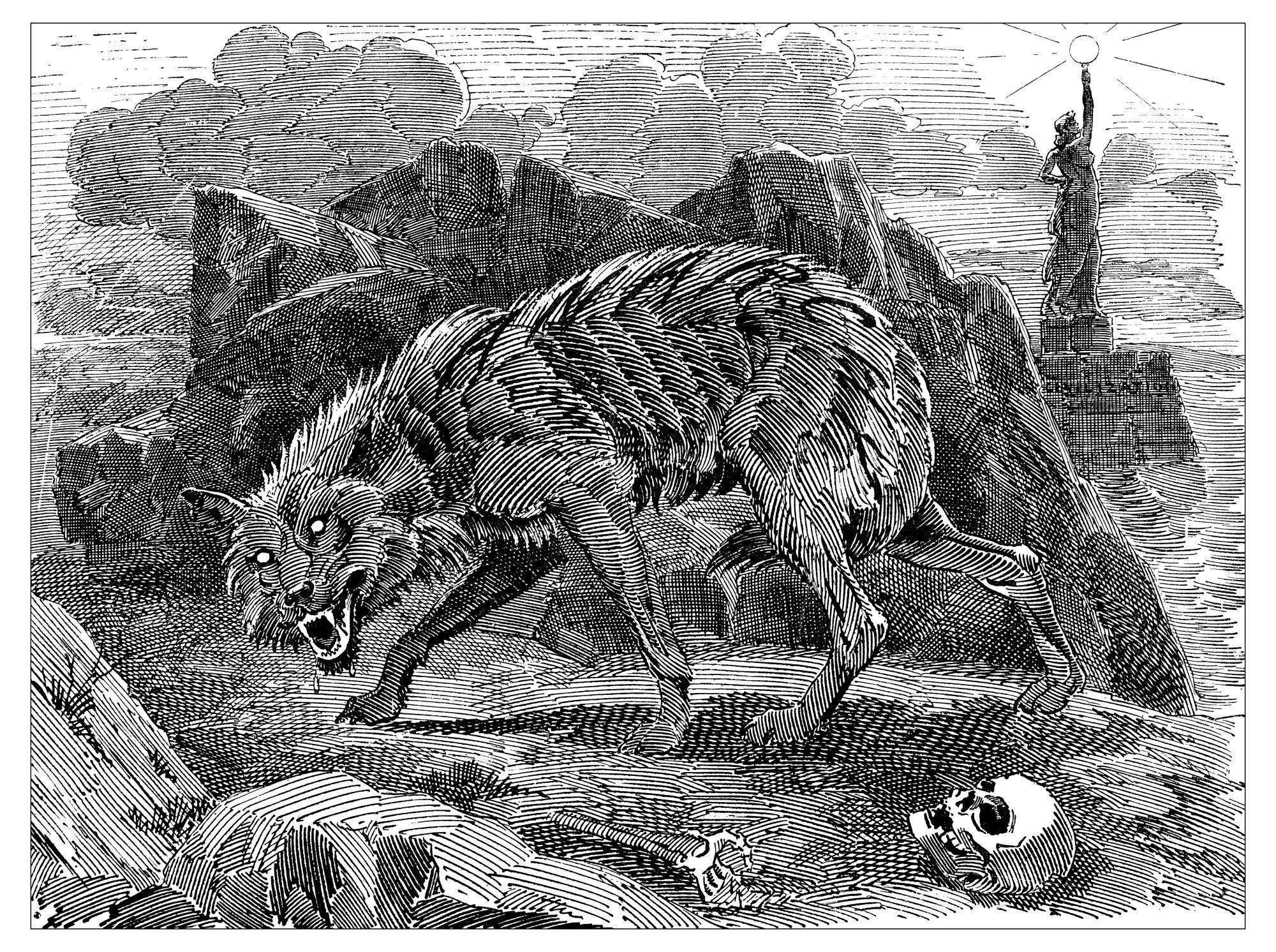
Photo from WGNO (article thumbnail)
It’s uncontested that the Cajun rougarou stems from the mythic loup-garou (translating to werewolve) of medieval France, but people can’t decide if the two were similar or not. According to some sources, in medieval France when adults were scare of dying in a sword fight or catching some such plague, children feared loup-garous. Much like today, parents back then used it as a way to get their children to follow orders. Don’t want your child to play in the woods alone? Tell them a loup-garou will get them. Sticky fingers pilfering wares? A loup-garou will get them. An innocuous habit of starting small, controlled fires? Well that child was probably switched with a changeling—but a loup-garou will get them, too.
However, other sources like Folklore Figures of French and Creole Louisiana by Nathan J. Rabalais posit that the Middle Ages European loup-garou was greeted with casual indifference or mixed feelings, with the lore stating it resembled a larger breed of dog rather than a feared wolf like today’s Cajun rougarou. Rabalais states that the loup-garou of medieval France bears little resemblance, in fact, to the rougarou despite being the Cajun creature’s origins. There is, though, one account of the French loup-garou in Folklore Figures that says that an aspect of the lore was the beast being shrouded in themes of punishment and scare-tactics (which if you ask me, is a very big aspect and therefore the loup-garou is a lot like the rougarou, but I didn’t write the book). Depending on the area of France, if a citizen was shunned by the church and didn’t repent, was excommunicated from the land, or hadn’t gone to confession for ten years, they would be punished by turning into a werewolf for a set amount of time. Here’s that full quote for your own interpretation:
In the Middle Ages [in France] it was often believed that if any person had been denounced from the altar and remained impenitent, refused to make restitution and confess, the curse of the werewolf fell upon him. In Normandy any man who was excommunicated became a werewolf for a term of three or seven years. In Basse-Bretagne any person who had not been shriven for ten years nor used holy water could become a werewolf. [sic] In La Vendée the man who was excommunicated became a werewolf for seven years during which he was obligated to haunt certain ill-omened and accursed spots.
From: The Werewolf in Lore and Legend by Montegue Summers (1993), quoted by Nathan J. Rabalais in Folklore Figures of French and Creole Louisiana (2021)
There are more reasons given as to why a medieval Frenchmen would be slammed with the loup-garou curse, and much are the same reasons seen in Southern Louisiana lore about the rougarou. Other than scaring kids into heeding their bedtimes and staying out of places they weren’t supposed to be, early rougarou lore held threats that anyone doing practically anything seen as slightly uncouth were susceptible to the curse of the rougarou. If you even looked a rougarou in the eye, you’d find yourself becoming one. How does a rougarou turn back human, though?
Depending on the version of the story you read, turning back human is either easy peasy or hard to come by—loup-garou or rougarou wise. If a rougarou has been transformed for 101 days, he can turn back by biting a human, thus passing the curse of the rougarou to someone else. Less commonly, you can track down a witch and she can transform you back human. The most common that I’ve heard is using the power of confusion. Setting out thirteen of the same items, usually pennies, on your doorstep not only protects you from a rougarou, but changes them back to human, too. Rougarous cannot count over twelve, so the beast will be stuck endlessly counting to twelve, frustrating itself, and eventually—much like a Pokémon—hurt itself in its confusion and turn back human. If all else fails, you can also take a page out of John Winchester’s book and just kill it by decapitation.
While the rougarou is communally beloved by Terrebonne residents for being a (mostly) uniquely Cajun cryptid, the clutches of the bayou werewolf are rather far reaching. A season 4 episode of Supernatural features a “rugaru” the Winchester brothers have to fight. Likewise, an NCIS: New Orleans episode in its sixth season has a victim killed during a hunt for the legendary creature. Even J. K. Rowling uses rougarou hair as the core of some of the wands in the Harry Potter wizarding world. Pascalle Lepas, an Oklahoman cartoonist used the rougarou as one of the antagonists in her comic Wilde Life. And most bizzarely to me, a roller coaster in Sandusky, Ohio’s Cedar Point Theme Park is named The Rougarou. I saw nothing visually connecting it to our rougarou, but I am also not a fan of roller coasters and possibly missing something. (Catch what it looks like here.) The rougarou might not be real, but it certainly has us in its hairy clutches.
Pulled From
Tales of the Rougarou
Further Reading on Werewolves (of the non-Cajun variety)
Children’s Books Based on the Rougarou
-Lillian LeCompte, Reference Department

